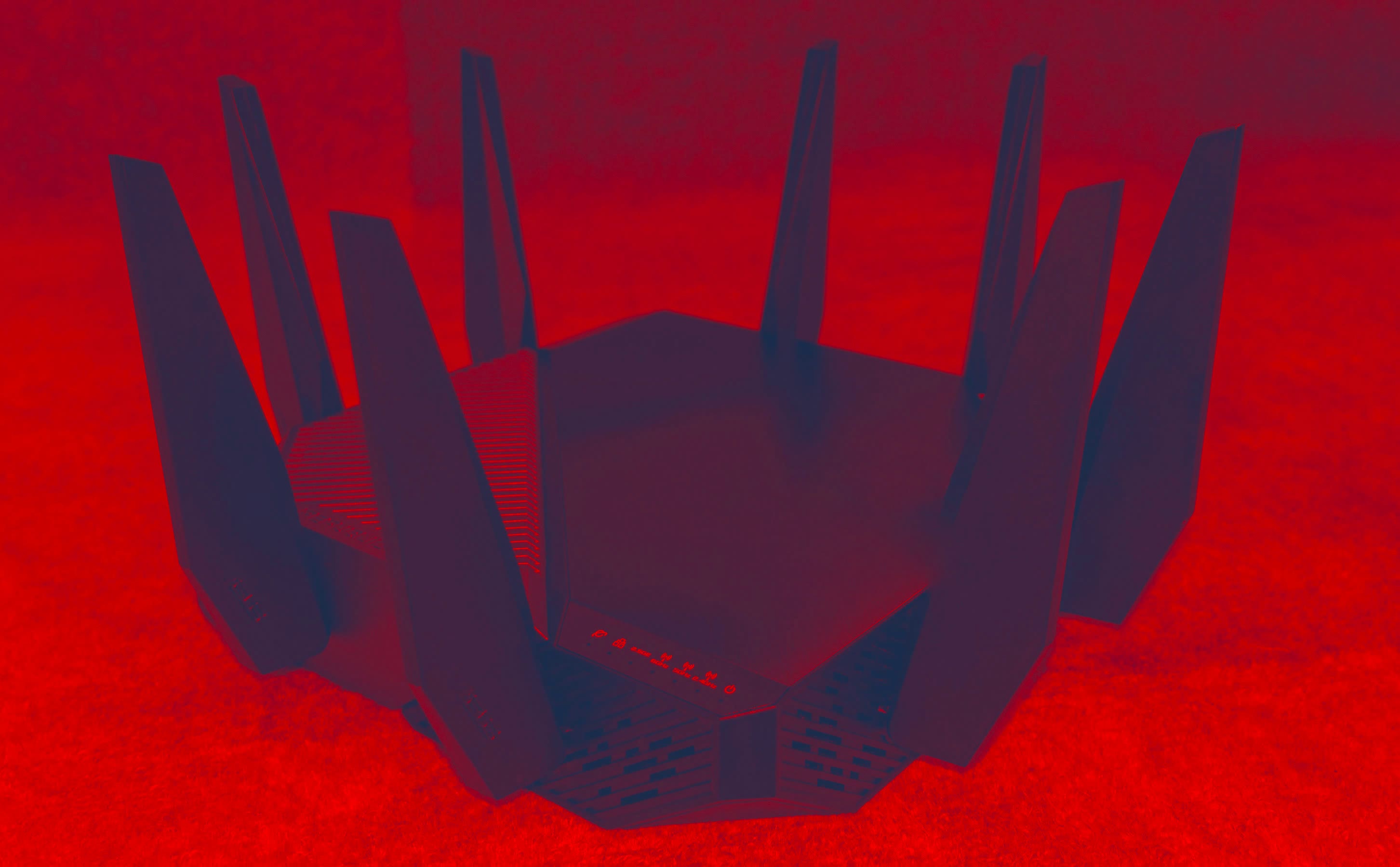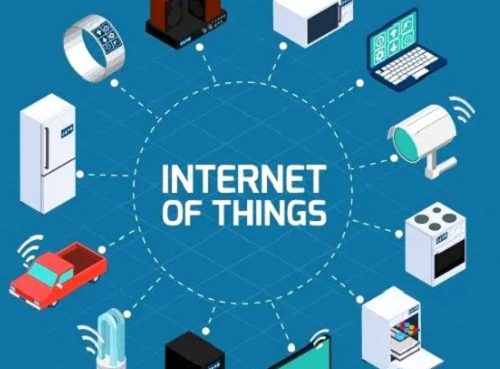People often worry about being tracked through their wireless devices, especially when using public Wi-Fi networks. However, researchers have discovered multiple methods to detect and potentially track individuals via Wi-Fi, even if they are not carrying any devices, and the widespread presence of Wi-Fi networks makes these surveillance tactics potentially universal.
According to a recent study (PDF) from the Karlsruhe Institute of Technology, any Wi-Fi router that supports Wi-Fi 5 (802.11ac) or newer can be used to observe people within range. The findings raise serious privacy concerns.
The researchers introduced a new identity-inference attack called BFId, which exploits beamforming – a technique standardized with Wi-Fi 5 (802.11ac). The attack is possible with commercially available hardware and tracks people rather than the devices they carry, bypassing software-based security measures.

If multiple Wi-Fi devices can communicate with each other, beamforming signals can generate radio-based “images” from multiple angles, enabling the identification of people without cameras or other traditional methods. In the study, researchers were able to track 197 participants with nearly 100 percent accuracy, regardless of how they moved or the angle from which they were detected.
Once a machine learning model is trained, the system can identify targets within seconds. Moreover, because Wi-Fi signals are unencrypted, this information is accessible to anyone within range.
Most Wi-Fi devices currently in use likely support Wi-Fi 5 or newer, meaning BFId could potentially be deployed almost anywhere. Privacy advocates warn that governments, cybercriminals, or other malicious actors could exploit the technology to observe targets more discreetly than traditional surveillance methods.

For instance, earlier this year, a contractor for the city of New Orleans was revealed to have conducted AI-based surveillance across hundreds of devices for two years without public knowledge. A similar operation using Wi-Fi – based tracking could bypass laws against facial recognition, forcing regulations to play catch-up once again.
Other researchers have also explored tracking people through Wi-Fi signals independent of the devices they carry. Earlier this year, a study from La Sapienza University of Rome introduced WhoFi, which identifies people based on how their bodies disrupt Wi-Fi signals. Like BFId, WhoFi achieved a success rate of over 90 percent using deep learning models. Previous technologies have even recognized individuals through gestures and through walls.
Source: techspot










